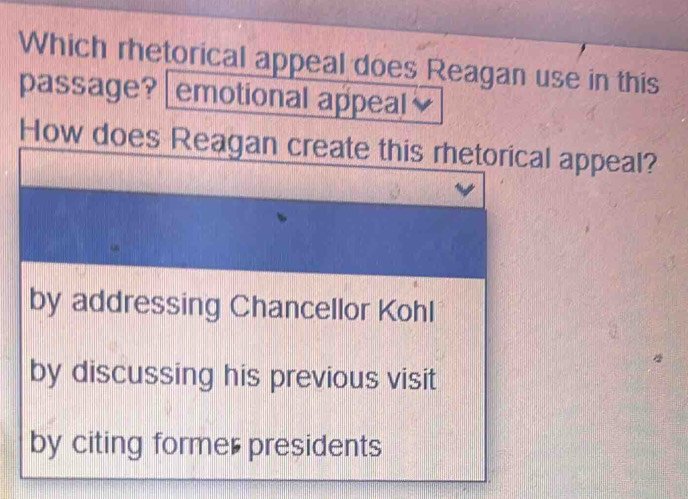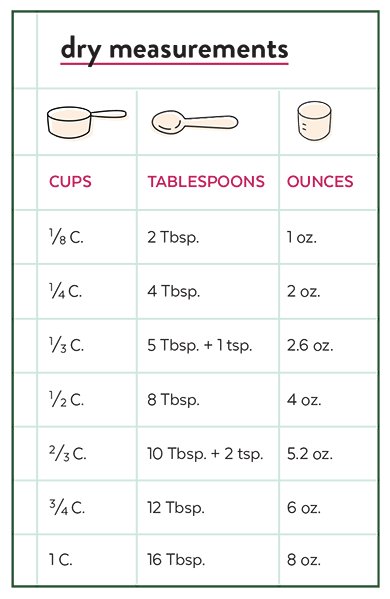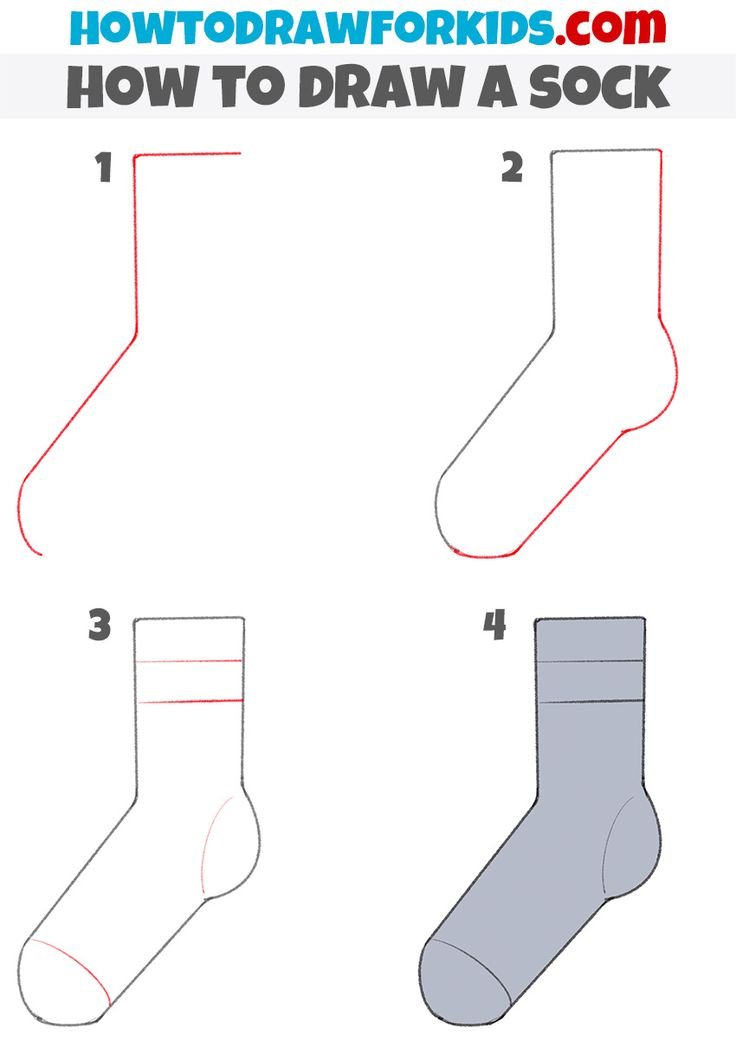Reagan creates rhetorical appeal through his powerful use of language and charisma. By employing persuasive techniques such as repetition, emotional language, and clear logical arguments, he captivates his audience and successfully delivers his message. Through his confident delivery and ability to connect with his listeners, Reagan establishes credibility and authority in his speeches. How does Reagan create this rhetorical appeal? Let’s delve deeper into the strategies and techniques employed by the influential leader.
How Does Reagan Create This Rhetorical Appeal?
Welcome, readers! Today, we are going to dive into the fascinating world of rhetoric and explore how one of the most charismatic presidents in history, Ronald Reagan, used his powerful words to captivate audiences and inspire a nation. Reagan was known for his exceptional oratory skills and his ability to connect with people on a deep, emotional level through his speeches. Let’s uncover the secrets behind Reagan’s rhetorical appeal and learn how you can apply some of these techniques to your own communication skills.
The Power of Reagan’s Words
Reagan’s speeches are still studied and admired today because of their timeless appeal and the way he was able to communicate complex ideas in a simple, compelling manner. His words had the power to evoke strong emotions and create a sense of unity and purpose among his listeners. Let’s explore some of the key elements that contributed to Reagan’s rhetorical appeal.
1. Clarity and Simplicity
One of the hallmarks of Reagan’s speeches was their clarity and simplicity. He had a knack for breaking down complex issues into easy-to-understand concepts that resonated with the average American. By using simple language and straightforward arguments, Reagan was able to connect with a wide audience and make his message accessible to everyone.
2. Emotional Appeal
Reagan understood the power of emotions in persuasion, and he was a master at using emotional appeal in his speeches. Whether he was talking about the American Dream, freedom, or patriotism, Reagan knew how to touch the hearts of his listeners and make them feel a deep connection to his message. By appealing to people’s emotions, he was able to create a strong bond with his audience and inspire them to take action.
3. Use of Repetition
Reagan was also skilled at using repetition to drive home his key points and make them more memorable. By repeating certain phrases or ideas throughout his speeches, he was able to reinforce his message and create a sense of rhythm and unity. This technique helped to keep his audience engaged and focused on his central themes.
Reagan’s Iconic Speeches
Throughout his presidency, Reagan delivered several iconic speeches that have stood the test of time and continue to be studied by scholars and students of rhetoric. Let’s take a closer look at some of Reagan’s most famous speeches and analyze the rhetorical techniques he used to create a lasting impact.
1. “Tear Down This Wall”
One of Reagan’s most memorable speeches was delivered in Berlin in 1987, where he famously called on Soviet leader Mikhail Gorbachev to “tear down this wall” that divided East and West Germany. This speech is a classic example of Reagan’s use of strong, clear language and his ability to convey a powerful message in just a few words. By calling for the destruction of the Berlin Wall, Reagan tapped into the hopes and dreams of millions of people who longed for freedom and unity.
2. “A Time for Choosing”
Another standout speech by Reagan was his “A Time for Choosing” address, delivered in support of Barry Goldwater’s presidential campaign in 1964. In this speech, Reagan laid out his vision for America and warned against the dangers of big government and socialism. By painting a stark contrast between freedom and tyranny, Reagan was able to rally support for his conservative principles and inspire a new generation of leaders.
3. Inaugural Addresses
Reagan’s inaugural addresses, both in 1981 and 1985, are also worth mentioning for their eloquence and powerful message of hope and renewal. In these speeches, Reagan outlined his vision for America and called on the American people to come together and work towards a brighter future. His optimistic tone and unwavering faith in the American spirit resonated with millions of people and set the stage for his presidency.
Applying Reagan’s Rhetorical Techniques
Now that we’ve explored some of the key elements of Reagan’s rhetorical appeal, let’s discuss how you can apply these techniques to your own communication skills. Whether you’re giving a speech, writing an essay, or simply talking to a friend, there are several lessons we can learn from Reagan’s mastery of rhetoric.
1. Be Clear and Concise
One of the most important lessons we can learn from Reagan is the importance of clarity and simplicity in communication. When expressing your ideas, make sure to use language that is easy to understand and avoid unnecessary jargon or complex phrases. By keeping your message clear and concise, you’ll be able to connect with your audience more effectively.
2. Tap into Emotions
Emotions play a powerful role in persuasion, and Reagan knew how to use them to his advantage. When communicating with others, try to appeal to their emotions by sharing personal stories, using vivid language, and expressing genuine empathy. By connecting with people on an emotional level, you’ll be able to create a stronger bond and make a lasting impression.
3. Practice Repetition
Reagan’s use of repetition helped to reinforce his key points and make them more memorable. When crafting your message, consider incorporating repetition in your writing or speaking to drive home important ideas. By repeating certain phrases or concepts, you’ll be able to create a sense of rhythm and coherence that will resonate with your audience.
In conclusion, Ronald Reagan’s rhetorical appeal was the result of a combination of factors, including his clarity of expression, emotional resonance, and effective use of rhetorical devices. By studying Reagan’s speeches and learning from his techniques, we can all become better communicators and storytellers. So, the next time you’re crafting a message or preparing a speech, remember to channel your inner Reagan and create a powerful connection with your audience through the magic of words.
Thank you for joining us on this exploration of Reagan’s rhetorical appeal. We hope you found this article informative and inspiring. Stay tuned for more insights and tips on effective communication in the future. Until next time, keep practicing your rhetorical skills and unleash the power of your words!
Rhetorical Analysis Video 1_Summer 2021
Frequently Asked Questions
What rhetorical techniques did Reagan use to create appeal?
Reagan utilized various rhetorical techniques such as pathos, ethos, and logos in his speeches to create emotional connections, establish credibility, and appeal to logic. By combining these elements effectively, he was able to engage his audience and convey his messages persuasively.
How did Reagan use storytelling to enhance his rhetoric?
Reagan often incorporated storytelling into his speeches to make his message more relatable and memorable. By sharing anecdotes and narratives, he was able to connect with his audience on a personal level and evoke emotions that reinforced his arguments, making his rhetoric more impactful.
What role did repetition play in Reagan’s rhetorical appeal?
Repetition was a key element in Reagan’s rhetorical strategy as it helped reinforce his message and make it more memorable for his audience. By repeating key phrases or ideas throughout his speeches, he was able to emphasize important points and create a sense of unity and consistency in his communication.
Final Thoughts
In conclusion, Ronald Reagan effectively creates a persuasive rhetorical appeal through his use of strong, emotional language that resonates with the audience. By employing vivid imagery and simple, straightforward language, Reagan establishes a connection with the listeners, making his message both relatable and compelling. Through his confident delivery and strategic repetition of key phrases, Reagan emphasizes his core message and inspires trust and confidence in his audience. Overall, Reagan’s mastery of communication techniques is evident in how he creates this powerful rhetorical appeal.









